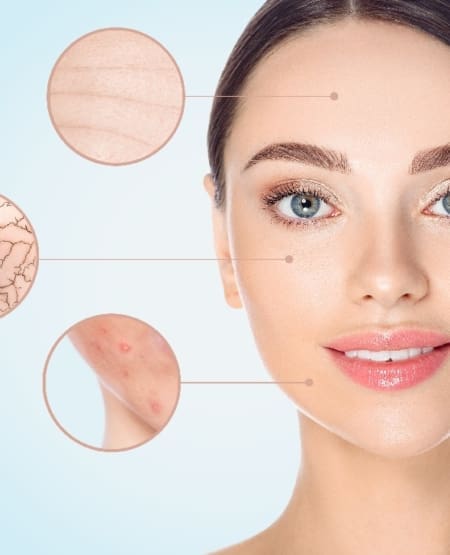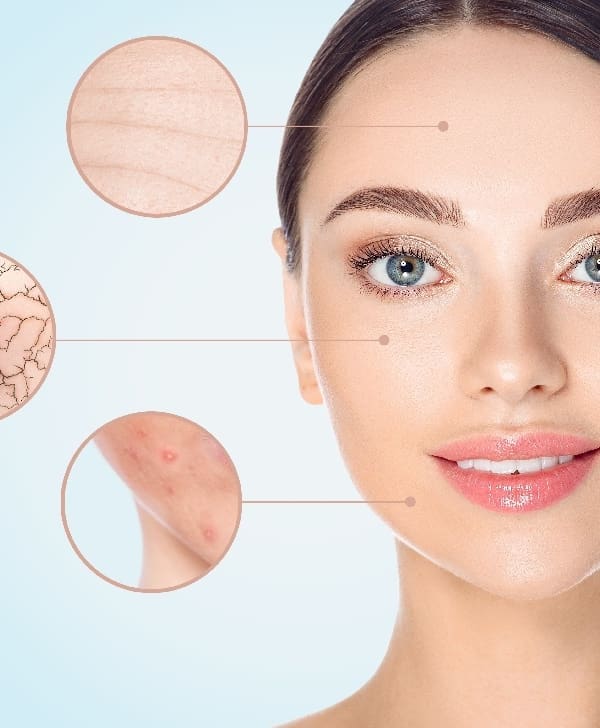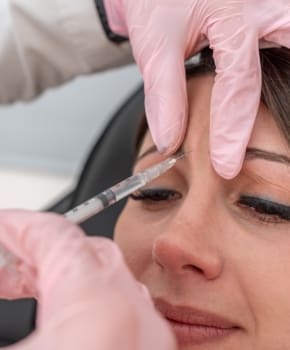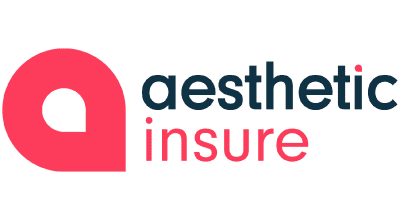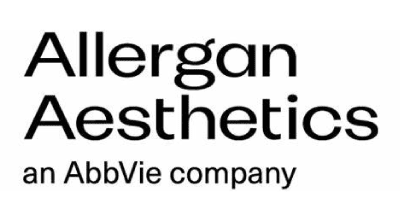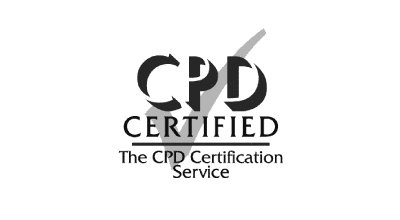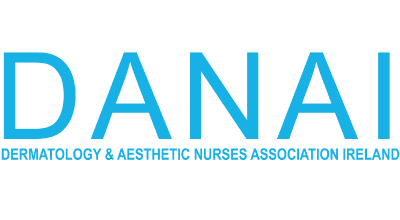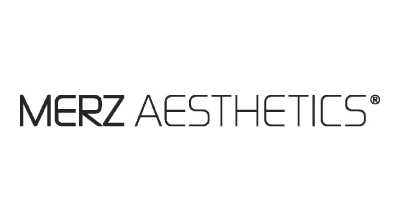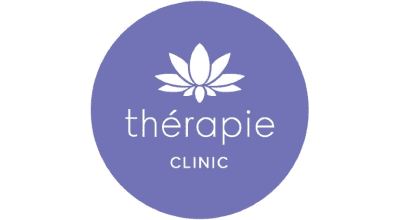Collagen Banking and Skin Regeneration: The Future of Medical Aesthetics
There is a growing shift in the world of medical aesthetics, from simply correcting signs of ageing to actively preserving and improving skin quality at a cellular level. Welcome to the age of skin regeneration and collagen banking.
Rather than waiting for visible signs of ageing to appear, patients (and practitioners) are now taking a more proactive, preventative approach. By stimulating the skin’s own regenerative capacity earlier on, we can support collagen production, improve skin structure, and greatly enhance the results of traditional aesthetic treatments.
What Is Collagen Banking?
Collagen is the primary protein responsible for giving our skin its firmness, elasticity, and strength. From our mid-20s, collagen levels decline by around 1% each year, accelerated by sun exposure, stress, pollution, and lifestyle factors.
Collagen banking is the idea of building and preserving your collagen stores before signs of ageing fully develop. Think of it like investing in your skin’s future. When done alongside treatments such as Botulinum toxin and dermal fillers, the results are more holistic providing better overall skin quality and long-term results.
The Role of Fibroblasts in Skin Regeneration
At the heart of every regenerative skin treatment lies the fibroblast, a key skin cell responsible for producing collagen, elastin and hyaluronic acid. These cells keep the skin firm, plump, and hydrated.
As we age, fibroblasts become less active and less responsive. Skin regeneration treatments work by reactivating and stimulating these fibroblasts, encouraging them to produce new collagen and restore the skin’s architecture. By targeting these cells directly, we can reverse signs of ageing at a much deeper level than traditional injectables treatments alone.
Where do Regenerative Treatments Fit in?
Regenerative treatments are not replacements for Botulinum toxin or Dermal filler, they are ideal add-on treatments, working synergistically to support and extend treatment effects.
Here are some of the most effective skin regeneration therapies:
- Microneedling: Micro-injuries trigger a wound-healing response, leading to increased fibroblast activity and collagen and elastin production. This response can be enhanced with PRP or serums.
- Skin Boosters: Microdroplets of hyaluronic acid and nutrients improve hydration, elasticity, and fine lines.
- Polynucleotides: DNA-based molecules that regenerate tissue, repair oxidative damage, and directly activate fibroblasts, this treatment is especially effective in delicate areas like the eyes and neck.
- PRP (Platelet-Rich Plasma): Uses the patient’s own growth factors to stimulate fibroblast activity and repair. Ideal for under-eye rejuvenation, dullness, or post-inflammatory healing.
Why it’s worth Combining with traditional Injectables
Botulinum toxin and Dermal fillers are excellent treatments for muscle relaxation and volume restoration, but they do not address skin texture, tone, or hydration. By combining traditional Injectables treatments with regenerative treatments, we can:
- Improve skin strength and structure
- Enhance the longevity and natural appearance of injectable treatments
- Offer comprehensive skin rejuvenation from the inside out
Final Thoughts
Skin regeneration and collagen banking represent a more holistic, preventative approach to aesthetic medicine. By reactivating fibroblasts and supporting collagen from within, we not only treat ageing, we help delay it altogether.
For patients looking for long-term results and practitioners focused on sustainable skin health, regenerative treatments are fast becoming a cornerstone of modern medical aesthetics.

